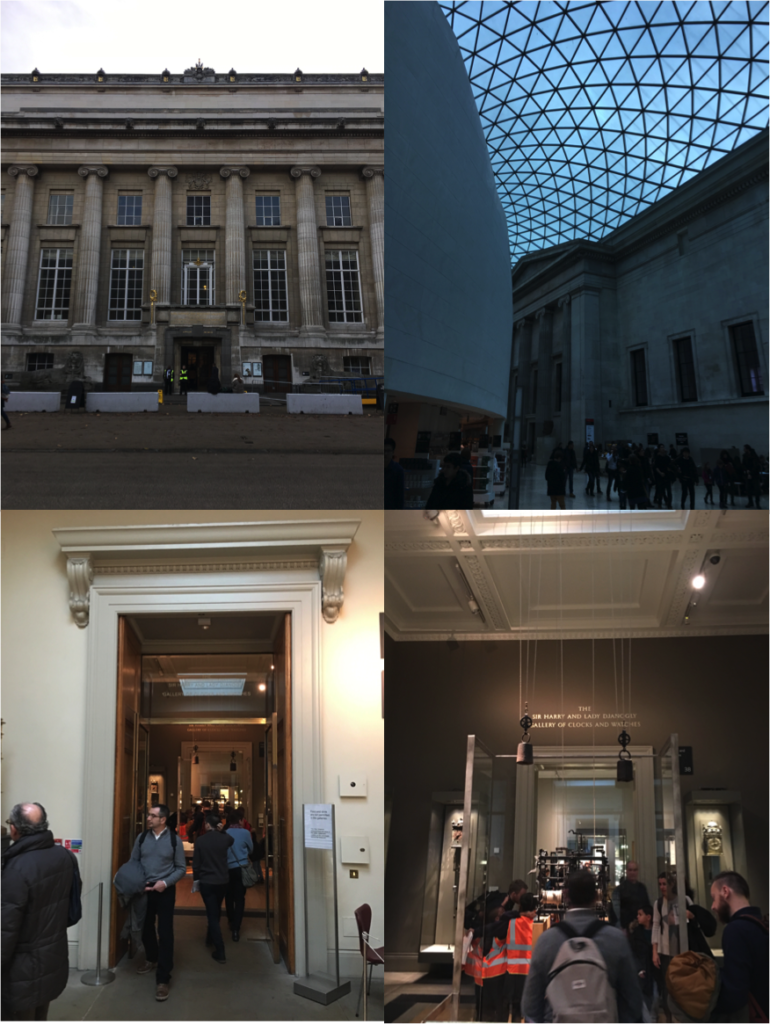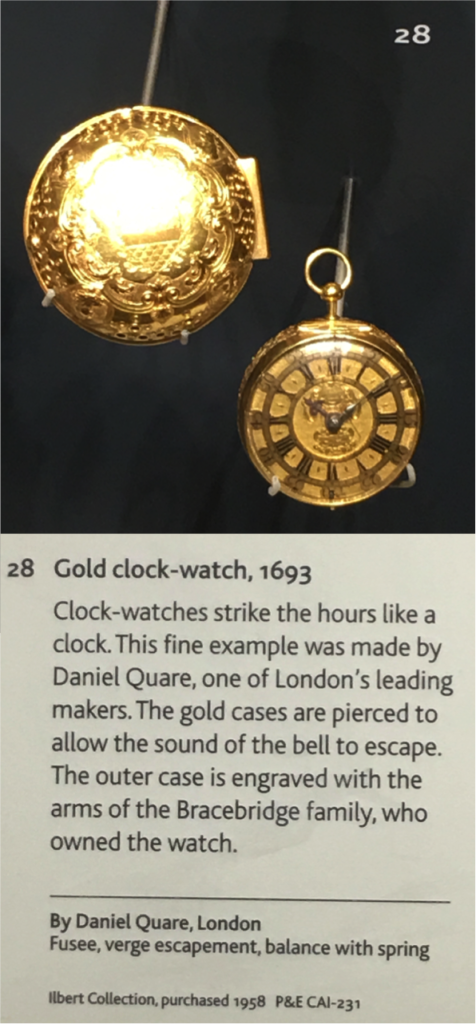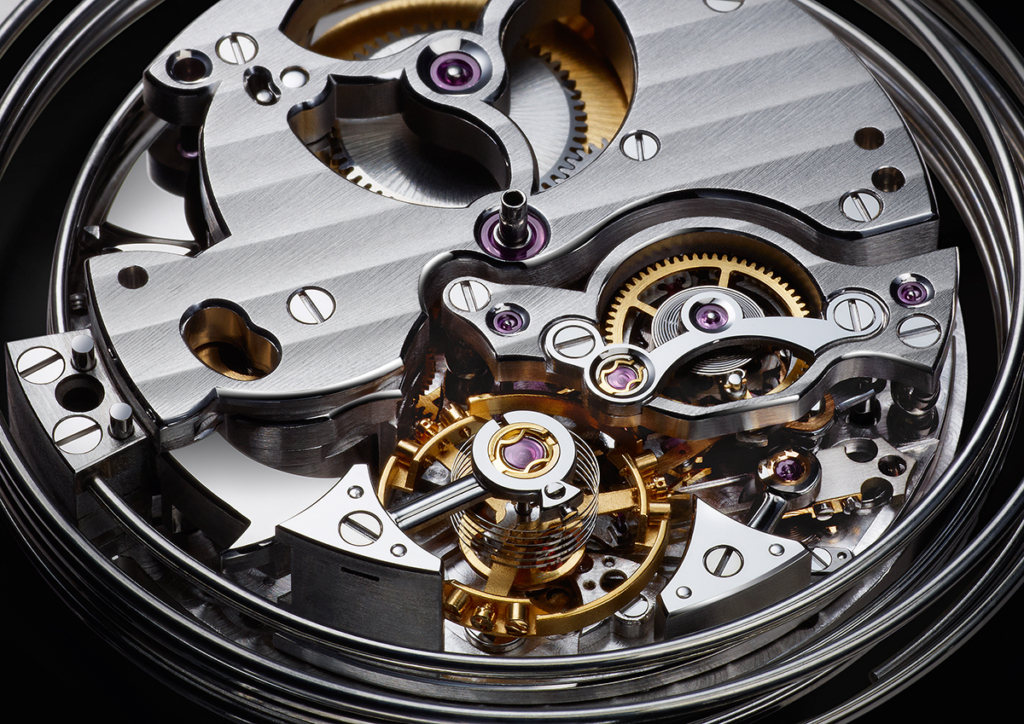The repeating watch was originally designed by Daniel Quare (1648-1724). In a battle for the patent with Edward Barlow in 1687, it was James II who awarded the prize to Daniel Quare’s Repeater which sounded the nearest hour and quarter hour when the owner pushed a pin protruding from the case.
His actual life was that of a successful watch and clockmaker, a Quaker who could not swear allegiance to the King. More information can be gleaned from Brian Loomes’ book, Clockmakers of Britain 1286 – 1700.
However, in a book by Paul Witcover, ‘The Emperor of all Things’, he becomes a spy, seeking magical watch complications for his country in a world of dragons and demigods.
One of his watches sits in the British Museum, which is five minutes from our office, so lets go and see it!

The British Museum houses a magnificent collection of Clocks and Watches telling the incredible story of time. Housed in the Sir Harry and Lady Djanogly Gallery has over 900 stunning clocks and 4,500 watches in its collection.

Watchmaking in London
London became the watchmaking centre of the world from about 1680, with makers such as Thomas Tompion and Daniel Quare widely known. On 1687 Tompion and Edward Barlow, in competition with Quare developed the first repeating watches. These indicated the previous hour and quarter on demand at the push of a button. Since the invention of pockets in clothing and the balance spring, watches had become utilitarian objects to be carried around for daily use.
(Credit: British Museum)

